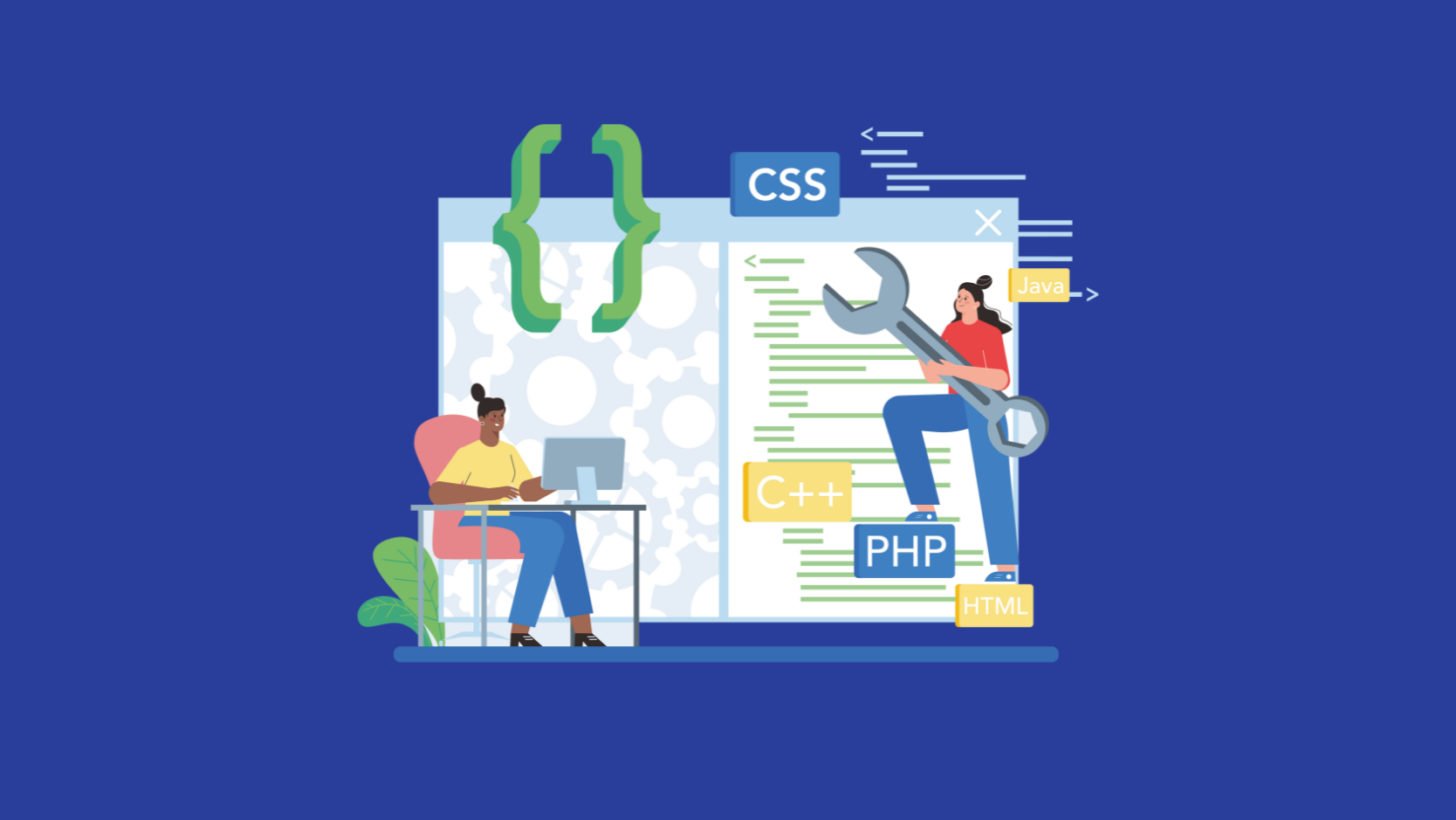
Software testing and quality assurance are essential aspects of the software development process. The effectiveness of code is measured using various methodologies including test coverage and code coverage. Often, the terms “test coverage” and “code coverage” are used interchangeably. However, they are not as similar as you may think leaving the testing and development team confused over the two terminologies. Which makes us write this article!
In this article, we’ll explore the differences between test coverage and code coverage and why understanding these distinctions is crucial for building robust software.
Test Coverage
Test coverage refers to the measurement of the effectiveness of your tests in covering the functionality of your software. It quantifies how much of your code is exercised by your test suite. The primary goal of test coverage is to identify untested or under-tested parts of your codebase.
Test coverage is usually expressed as a percentage, indicating the ratio of executed code to the total codebase. For example, if your tests exercise 80% of your code, your test coverage is 80%. Test coverage tools and metrics help you identify which parts of your code are tested and which are not. This information can be invaluable for finding potential bugs and ensuring comprehensive testing. The average test coverage for most software projects is between 70% and 80% but, it tends to be higher in case of healthcare and finance industry.
Here’s how test coverage works:
- A test suite is written, consisting of individual test cases or scenarios.
- The test suite is executed against the software.
- During execution, a coverage tool tracks which lines, functions, or branches of the code are traversed by the tests.
- The tool generates a report that shows the percentage of code covered by the tests.
While test coverage is a valuable metric for assessing how well your tests exercise your code, it doesn’t guarantee that your tests are catching all potential issues. It measures the extent of code execution but not the correctness of the tests themselves.
Code Coverage
Code coverage, on the other hand, is a subset of test coverage. It specifically focuses on analyzing which lines or branches of your code were executed by your tests. Code coverage tools provide detailed information about which parts of your code were touched during test execution. There are different types of code coverage:
- Line Coverage: This measures the percentage of lines of code executed by your tests.
- Function Coverage: It tracks the percentage of functions or methods that were called during test execution.
- Branch Coverage: Branch coverage aims to ensure that both the true and false branches of conditional statements (e.g., if statements) are executed.
- Statement Coverage: This is similar to line coverage but focuses on individual statements rather than entire lines.
Code coverage is particularly useful for identifying dead code (code that is never executed by any part of the application) and for highlighting areas where additional testing might be needed. It provides insights into the granularity of your test coverage.
Key Differences
The main differences between test coverage and code coverage can be summarized as follows:
Focus of Measurement:
- Code Coverage: Code coverage measures how much of your source code has been executed by your tests. It determines which lines of code have been touched (executed) and which have not during the testing process.
- Test Coverage: Test coverage, on the other hand, assesses the extent to which your tests cover different aspects of the application’s functionality. It looks at how many paths, conditions, or scenarios in your code are tested by your test cases.
Units of Measurement:
- Code Coverage: Code coverage is typically measured in terms of lines of code, statements, branches, or functions/methods that have been executed.
- Test Coverage: Test coverage is often measured in terms of requirements, use cases, user stories, or business logic that have been validated by your tests.
Purpose:
- Code Coverage: Code coverage helps identify untested or poorly tested code segments. It’s more focused on ensuring that every line or branch of code is exercised to find potential coding errors.
- Test Coverage: Test coverage focuses on ensuring that your tests verify the intended functionality of the software. It helps assess whether the tests adequately cover various user scenarios and requirements.
Granularity:
- Code Coverage: Code coverage is a lower-level metric that provides insight into the execution of individual lines or blocks of code.
- Test Coverage: Test coverage is a higher-level metric that assesses the coverage of broader application functionality.
Measurement Tools:
- Code Coverage: Measured using tools like code coverage analyzers or profilers that monitor code execution during testing.
- Test Coverage: Involve tools or techniques like traceability matrices, requirements coverage reports, or user story mapping to assess the coverage of requirements or use cases.
Use Cases:
- Code Coverage: Used by developers during unit testing and code review processes to ensure code correctness.
- Test Coverage: Used to evaluate the overall quality and completeness of testing efforts, often by QA teams or product owners.
In essence, test coverage tells you how well you’ve tested your software overall, while code coverage gives you a more granular view of which parts of your code have been tested.
Conclusion
Understanding the distinctions between test coverage and code coverage is essential for developing high-quality software. Both metrics play a crucial role in ensuring that your code is robust and reliable, but they serve slightly different purposes. To achieve comprehensive testing, it’s beneficial to use both test coverage and code coverage metrics in tandem. These metrics should be part of your software development process, helping you identify areas that require more attention and improving the overall quality of your code.

